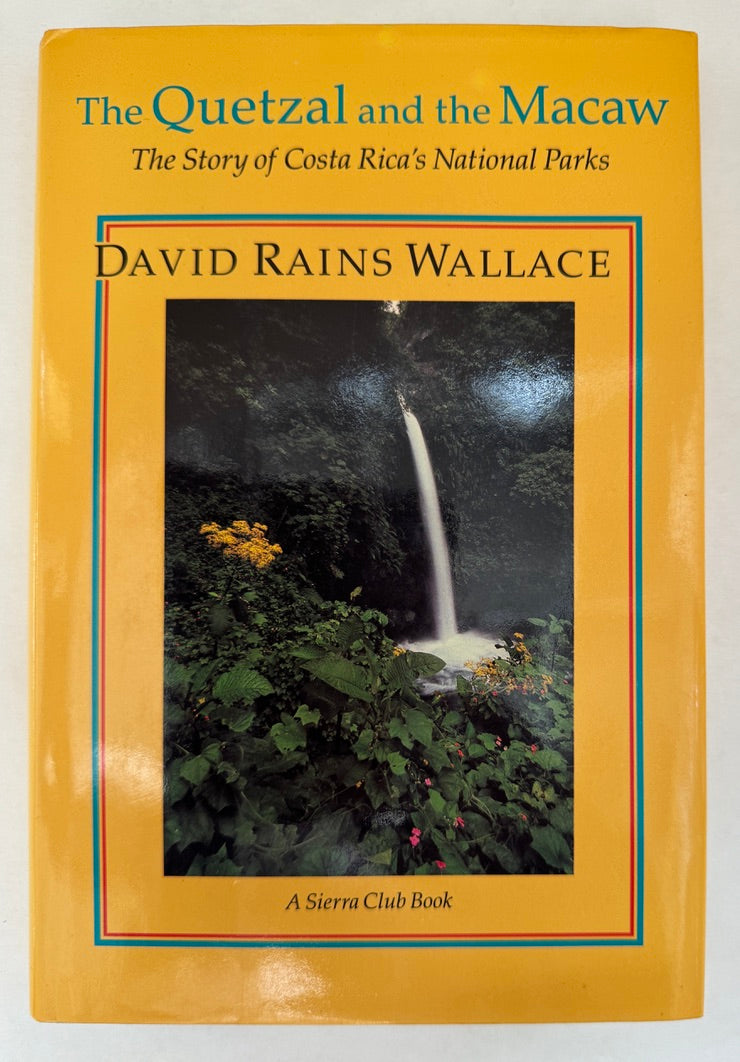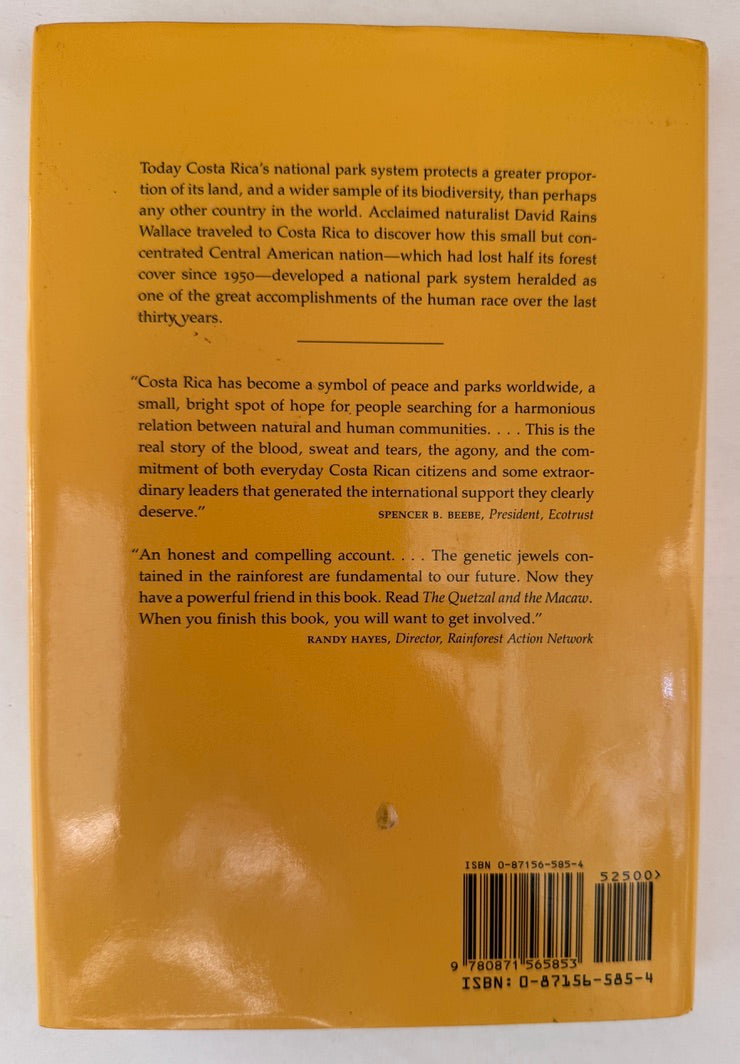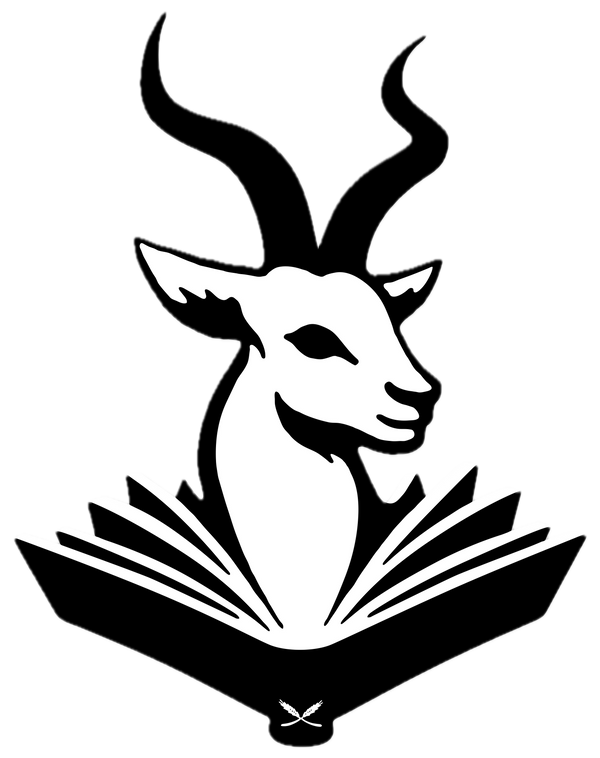David Rains Wallace
The Quetzal and the Macaw: the Story of Costa Rica's National Parks
The Quetzal and the Macaw: the Story of Costa Rica's National Parks
No se pudo cargar la disponibilidad de retiro
San Francisco: Sierra Club Books, 1992. First Edition, First Printing. xvi, 222 pages: maps; 24 cm. Maps on lining papers. Fine in fine(-) jacket. Hardcover. ISBN: 9780871565853, 0871565854
"Costa Rica lost almost half its forest cover from 1950 to 1990, much of it burned to clear pasture for cattle. In the last two decades, however, millions of acres of Costa Rican forests have been saved by a national park system that now ranks as one of the most effective in the world. This achievement holds valuable lessons for conservationists everywhere. In The Quetzal and the Macaw, acclaimed naturalist and award-winning author David Rains Wallace traces the growth of Costa Rica's park system from uncertain beginnings (early park employees weren't even sure what national parks were) to the present, when the park system shelters about ten percent of the nation's land--forests, mountains, beaches, wetlands, and other ecosystems--from destruction or commercial exploitation. Wallace details the unbelievable diversity of life in this rich land: pumas, ocelots, peccaries, howler monkeys--and the scarlet macaws and resplendent quetzals, the birds symbolizing two of Costa Rica's earliest parks. The park system became the nucleus of a socio-political network that has successfully battled loggers, miners, ranchers, and government development agencies. Enlivened throughout by the voices of people actually involved in establishing and managing the parks and preserves, Wallace's narrative is by turns suspenseful, humorous, and inspiring. Here are the stories of well-known and lesser-known figures (both native and foreign-born) who have played important roles, such as Olof Wessberg, a Swede who emigrated in the 1950s and labored to preserve rainforests; Daniel Oduber, President of Costa Rica from 1974-1978; Mario Boza, who became the chief of Costa Rica's fledgling national park service at the age of 27; and Alvaro Ugalde, Park Service director for most of the past two decades. What emerges is a vivid portrait of natural beauty and human commitment that reveals why Costa Rica has become a model for all developing Latin American countries in balancing political enlightenment with environmental concerns. Costa Rica is "biologically a superpower" because of its conservation achievements, said the Costa Rican minister of natural resources in 1989. David Wallace agrees. "If history continues," he says, "power will reside with societies that have conserved their resources, not with those that have spent them. ... The growth of parks systems will be a more important part of?history? than wars." — Publisher // Contents: 1. The Nicoya Peninsula. 2. The Two Students. 3. The Quetzal and the Macaw. 4. Reefs, Rainforests, Caves, Ruins, and Rookeries. 5. Capitalists and Communists. 6. The Osa Peninsula. 7. Corcovado National Park. 8. Watersheds. 9. The Zoo and the Sandinistas. 10. Additions and Subtractions. 11. Thinking Big. 12. Private Partners. 13. Ecotourism. 14. The Desecration of Corcovado. 15. Branching Out. 16. Boosting the GNP. 17. In the Land of the URCs. 18. The Two Students Return. 19. Cabo Blanco. Notes: Maps on lining papers // Cervicio de Parques Nacionales History, National parks and reserves, reserves Nature Conservation Histoire, conservation, conservation Parcs nationaux
Compartir




